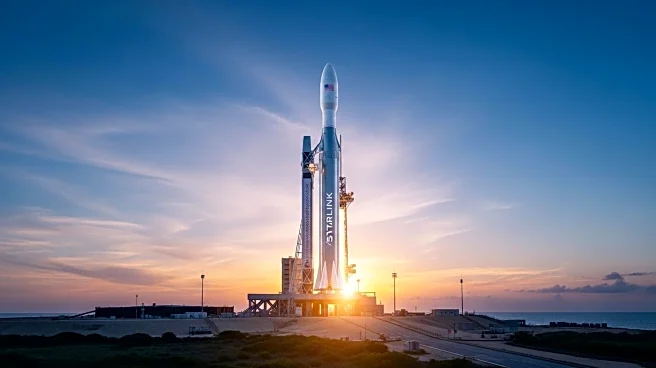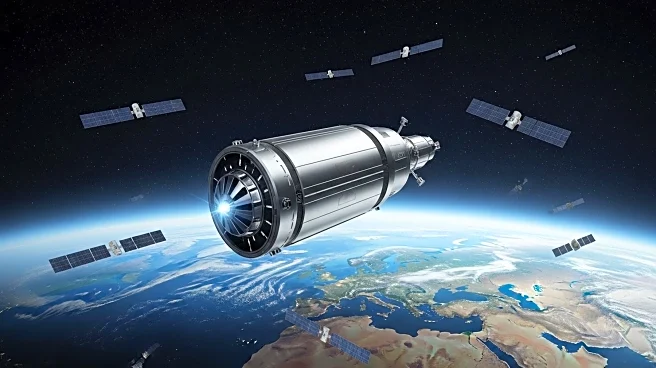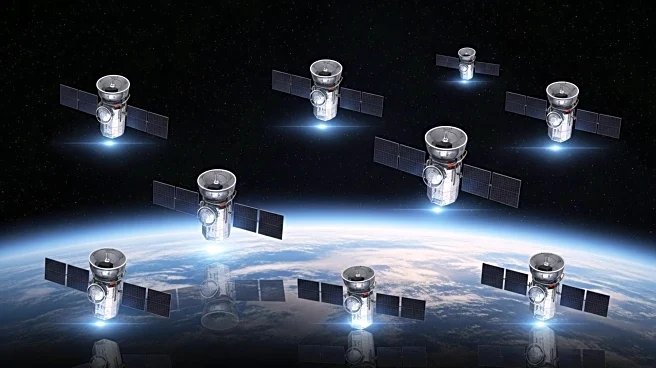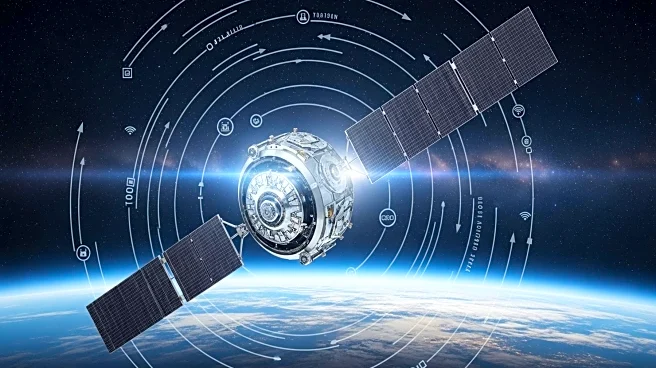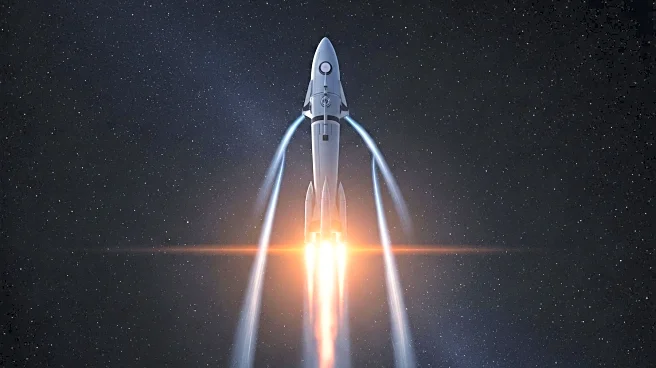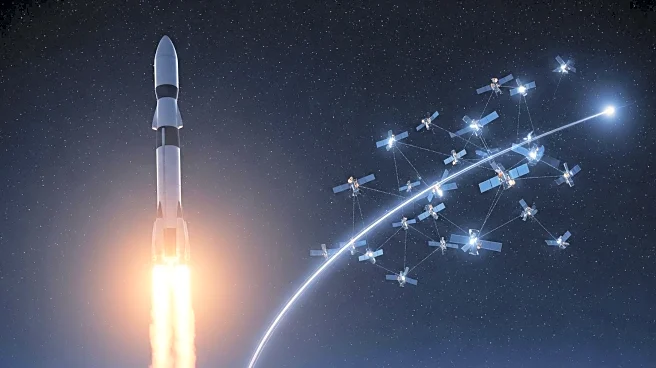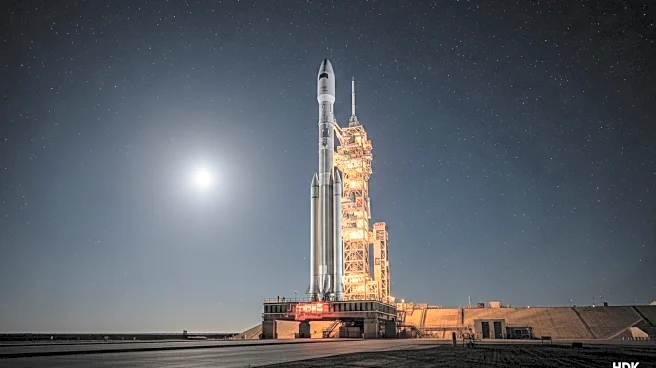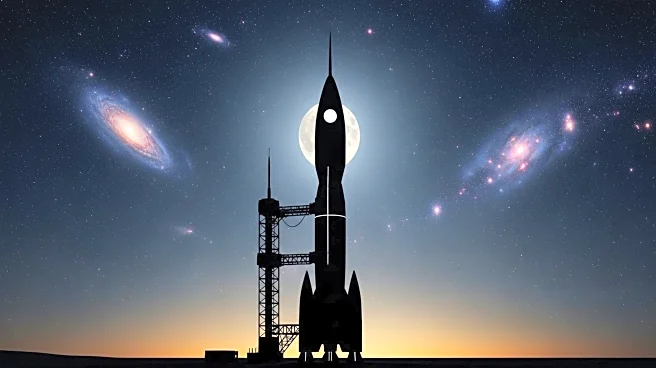What's Happening?
SpaceX has successfully completed its 70th launch of the year from the Space Coast, marking a significant milestone as the company aims to surpass 100 launches in 2025. The recent launch involved a Falcon 9 rocket carrying 28 Starlink satellites, which took off from Cape Canaveral Space Force Station. This launch was part of a busy month for SpaceX, which conducted nine launches in August alone. The company is planning additional launches in September, including missions for the International Space Station and various scientific payloads. SpaceX's increased launch frequency is complemented by United Launch Alliance's (ULA) return to a normal flight rate, with plans for more launches using its Atlas V and Vulcan rockets.
Why It's Important?
The accelerated pace of SpaceX's launch schedule underscores the growing demand for satellite deployment and space exploration. This trend is significant for the U.S. space industry, as it highlights the increasing role of private companies in space missions traditionally dominated by government agencies. The ability to conduct frequent launches enhances the U.S.'s competitive edge in the global space race and supports the expansion of satellite-based services such as internet connectivity. Additionally, the collaboration between SpaceX and ULA reflects a robust and dynamic aerospace sector, which is crucial for national security and technological advancement.
What's Next?
SpaceX plans to continue its aggressive launch schedule with several missions lined up for September, including a resupply mission to the International Space Station and additional Starlink satellite launches. The company is also awaiting approval for two new Starship launch sites on the Space Coast, which could further increase its launch capacity. Meanwhile, ULA is preparing for its next mission with an Atlas V rocket, targeting a late September launch. These developments suggest a sustained period of high activity in the U.S. space sector, with potential implications for satellite communications, scientific research, and defense capabilities.


